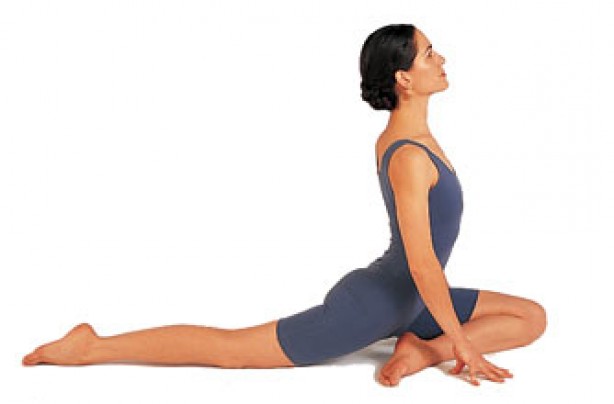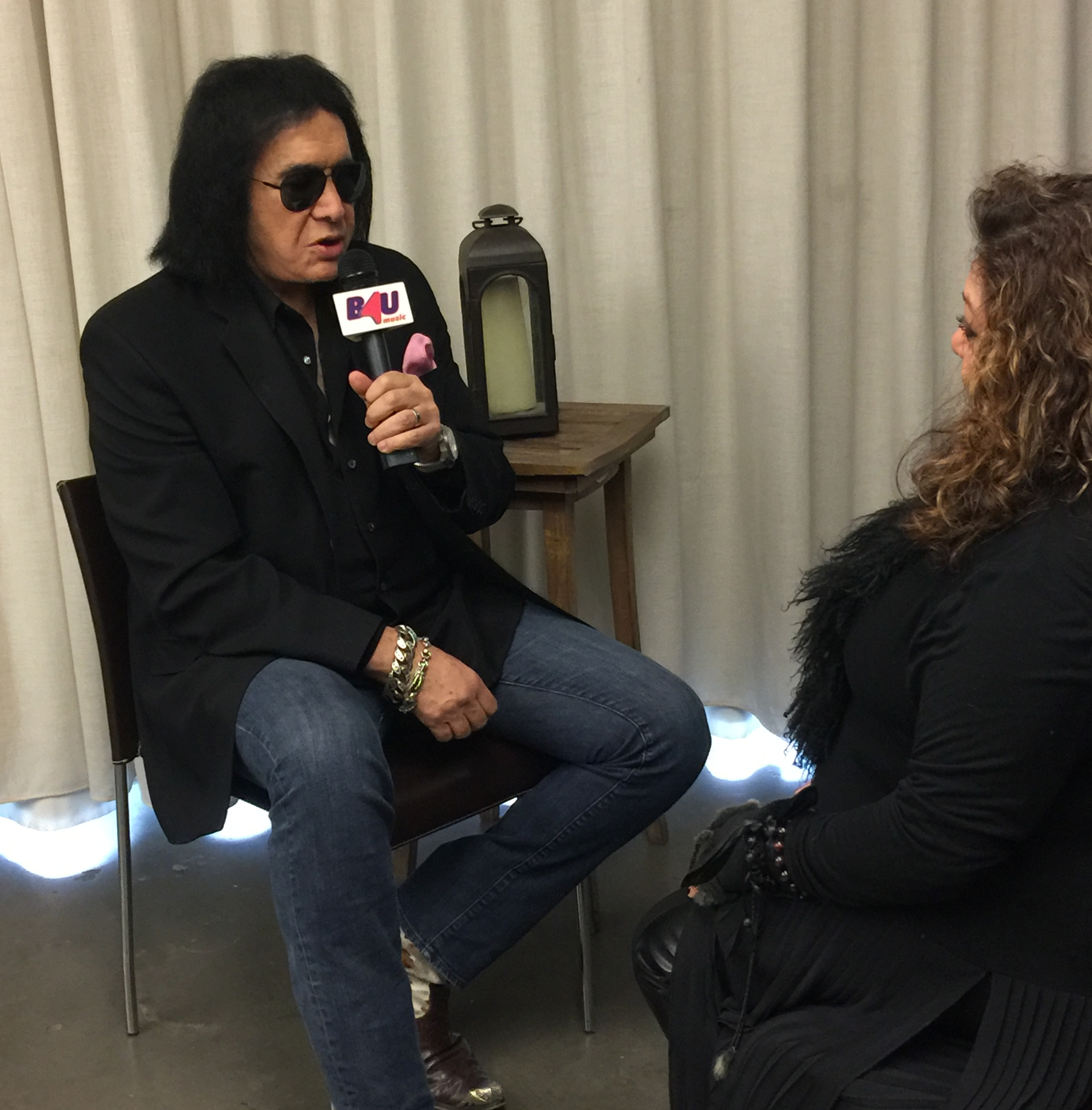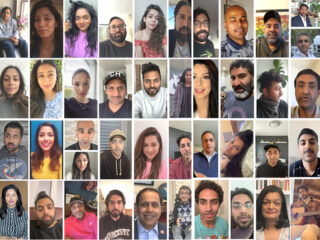By Rox Seunarine
Yoga, the complicated version, is the Asana (physical practice) of mindfulness and your connection to God. The reality is, as much as one’s connection to the Universe is heavily influenced by yoga, it can also be a great tool for health and exercise. It also happens to be one of the trendy exercises at the moment, described as high intensity and low cardio. Yes! You read that right: low cardio. You can safely hide those trainers under your bed. It’s also not a “feel the burn” type of regimen. It’s not supposed to hurt! Sounds good?
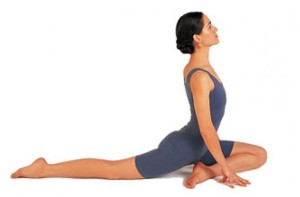
People often ask if you have to be flexible, or how easy is yoga for a beginner or someone who has never tried it. Truth be told, a regular practice of once or twice a week is recommended. I always tell my students that the main difference between a “beginner” and an “expert” is honestly how well you know your body and your personal physiology. Easily explained, there are just some poses your body will not be able to do because your bones, or spine, doesn’t allow for it. I, personally, will never be able to do Eka Pada Kapotasana (One-Legged Pigeon Pose) because my legs just won’t fold that way. It happens, so don’t beat yourself up about it!
In this article, I will share some poses that work for any body type, taking into consideration the folks that may have body trauma such as herniations, loss of rotation, or spinal problems. Take the fear out of the posing and remember the basis of yoga is essentially about the alignment of the spine, muscles and ligaments with the addition of full and even breaths. Keep in mind, if it hurts, loosen the stretch. This is very important because yoga is supposed to relax you and if you are over stretching or straining yourself, you are doing it wrong.
I will say each pose will have three directions at all times. The first one being, hold the pose for 5-10 breaths. Secondly, control of the core muscles, which are essentially moving the navel toward the spine. The last thing that is also an integral part and is important to every pose is, the sternum (chest) moves away from the navel. The last two cues, I will call “engaging the core,” are for the yoga practitioner who wants to maximize the ability to train and strengthen the core muscles.
So! Are we ready?
#1 Upward Moutain (Urdhva Hastasana)
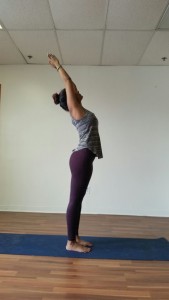
How: Stand with your feet hip distance apart. Balls of the feet firmly planted into the mat, keeping a relaxed feeling throughout the body. Take a long, deep inhale and sweep arms up over your head, and exhale. As your hands move upward, take time to center and focus your thoughts. Activate your core muscles by moving the navel in and up toward the spine, and lengthening the sternum away from the navel in an opposing type of motion. For a deeper stretch, you can bend a little slightly backwards, into a backbend that opens the chest.
CAUTION: If you take the option of the back bend and it hurts, ease up and move a little upward. Just a slight reminder that yoga isn’t supposed to hurt!
Benefits: Improves posture, sense of center, mental clarity; solid breathing exercise. Stretches the belly, improves digestion, stretches the shoulders and armpit. Also helps relieve mild anxiety.
#2 Upward Facing Dog (Urdhva Mukha Svanasana)
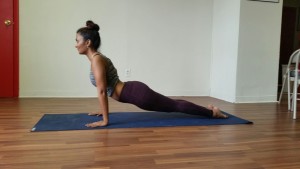
How: Lie face down with your thumbs under your shoulders with extended legs and the tops of your feet on the mat. Take a deep inhale and slowly peel your chest up off the floor as you draw your shoulders toward each other. Your knees raise up off the mat. It is very important to keep proper alignment here. Keeping your chin parallel to the mat, lengthening the sternum away from the navel. It is also helpful to firm the glute muscles. In this pose, it is very important to not over extend the lower back by raising the knees too far off the ground or over stretching the back.
* A modified pose is Baby Cobra where your knees stay on the mat.
CAUTION: Contraindications for this pose are aggravating or causing back injury, carpal tunnel syndrome, headaches and can affect pregnancy.
Benefits: Stretches and strengthens the spine, arms, and wrists. Improves posture, stretches chest and lungs, shoulders, and abdomen. Firms the buttocks, stimulates abdominal organs, helps relieve mild depression, fatigue, and sciatica. Also therapeutic for asthma.
#3 Downward Facing Dog (Adho Mukha Svanasana)
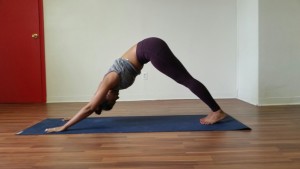
How: Start on all fours, in Table Pose. With your legs hip distance apart, tuck your toes under your foot into the mat. Then walk your hands in front of your shoulders, spreading your palms wide and flat. Also making sure the shoulders are parallel to your wrists. Tuck your toes into the mat and slowly raise the knees off of the mat. Lifting and pointing your hips toward the ceiling. Pressing your heels toward the mat, without touching the mat. At this point you can “walk the dog,” or walk your hands toward the front of the mat to create space in the spine. Elbows should be very soft and not locked, and the knees should have a micro bend to prevent injury. Shoulder blades are drawing toward each other and melting down toward the hips as the tailbone is reaching toward the floor.
CAUTION: Downward Facing Dog happens to be one of the most intricate yet, basic poses in yoga. Contraindications are carpal tunnel syndrome, diarrhea, pregnancy (do not do this pose late-term), high blood pressure or headache (support your head on a bolster or block, ears level between the arms).
Benefits: Calms the brain and helps relieve stress and mild depression, energizes the body. Stretches the shoulders, hamstrings, calves, arches, and hands. Strengthens the arms and legs. Helps relieve the symptoms of menopause. Relieves menstrual discomfort when done with head supported. Helps prevent osteoporosis. Improves digestion. Relieves headache, insomnia, back pain, and fatigue. Therapeutic for high blood pressure, asthma, flat feet, sciatica, sinusitis.
#4 Warrior 1 Pose (Virabhadrasana I)
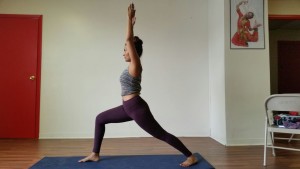
How: Stand straight (Tadasana/Mountain Pose), with your hands at your side and legs hip distance apart. Bending forward, placing your hands on the outside (pinky toe side of the feet) of your feet. The left leg steps back toward the back of the mat. Your left heel is firmly planted on the mat with the toes pointing to the front left corner of the mat. The front leg knee is directly stacked over the ankle at a ninety-degree angle with your hips on an even plane with each other facing the front. Remember to engage the core muscles and draw the shoulders toward each other and down toward the hips. Find balance in the back foot first, then sweep your arms overhead with your fingers pointing to the ceiling into Warrior 1.
CAUTION: If you have shoulder problems, keeps arms parallel to each other. If you have neck problems, you should keep your head in a neutral position and not look up at the hands.
Benefits: Stretches the chest and lungs, shoulders and neck, belly, groins (psoas).
Strengthens the shoulders and arms, and the muscles of the back. Strengthens and stretches the thighs, calves, and ankles.
#5 Vrikshasana (Tree Pose)
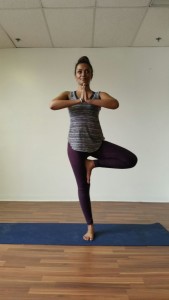
How: Stand up right with hands in Namaste, with your body fully facing forward. Inhale while shifting your body to the left side, finding balance in the left leg. Raise the right leg and placing the foot on the inside of your left thigh. Find your balance by engaging your core muscles and gazing forward. Repeat on the other side.
* Modifications; for the beginner, you can place your right foot on the side of the calves or ankle, depending on which makes you more comfortable to hold the pose.
CAUTION: Contraindications are headaches, insomnia, and low blood pressure.
Benefits: Strengthens thighs, calves, ankles, and spine. Stretches the groins and inner thighs, chest and shoulders, improves sense of balance. Relieves sciatica and reduces flat feet.
If these poses can be implemented at least once a day, you will be able to feel the difference within a short period of time! As a Yogini, I do recommend you have a regular practice of a full yoga class at least two to three times a week. I am aware it can be impractical, however, these poses are simple enough for the person on the go, with very little time to have a routine practice. Trust me, your body will thank you for it!
Note: Rox Seunarine is a certified Vinyasa Flow instructor who currently teaches classes in New York City. You can follow her on Twitter at @RocksRoxs.

